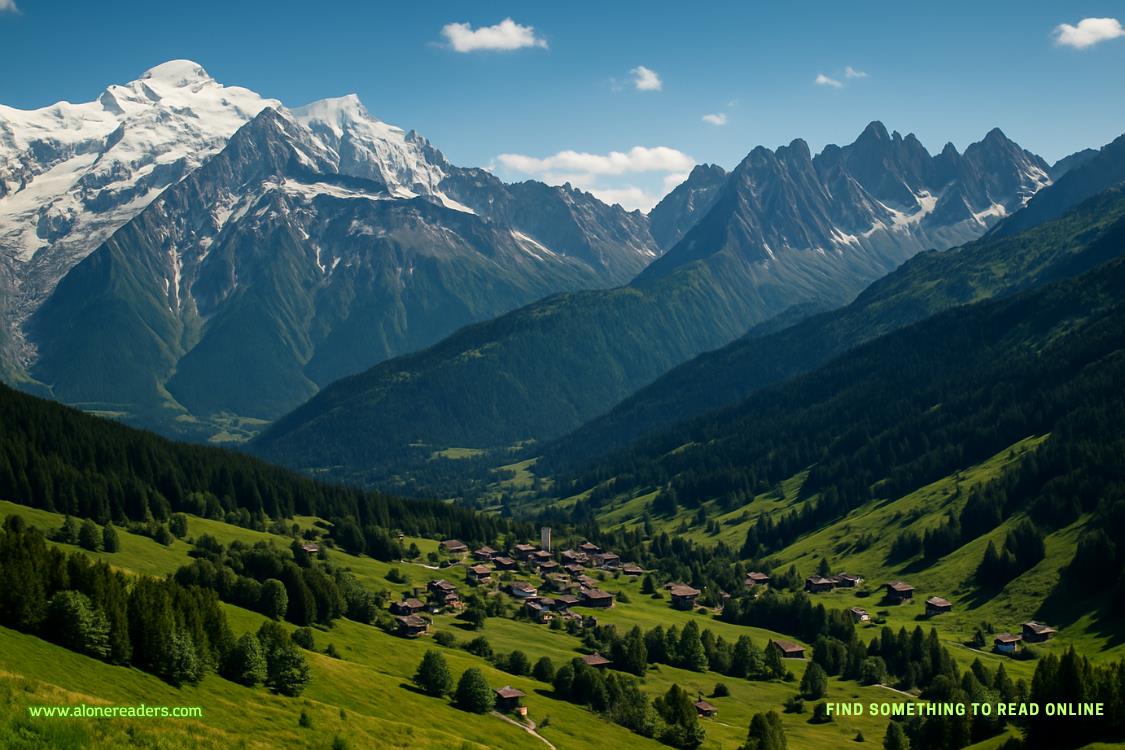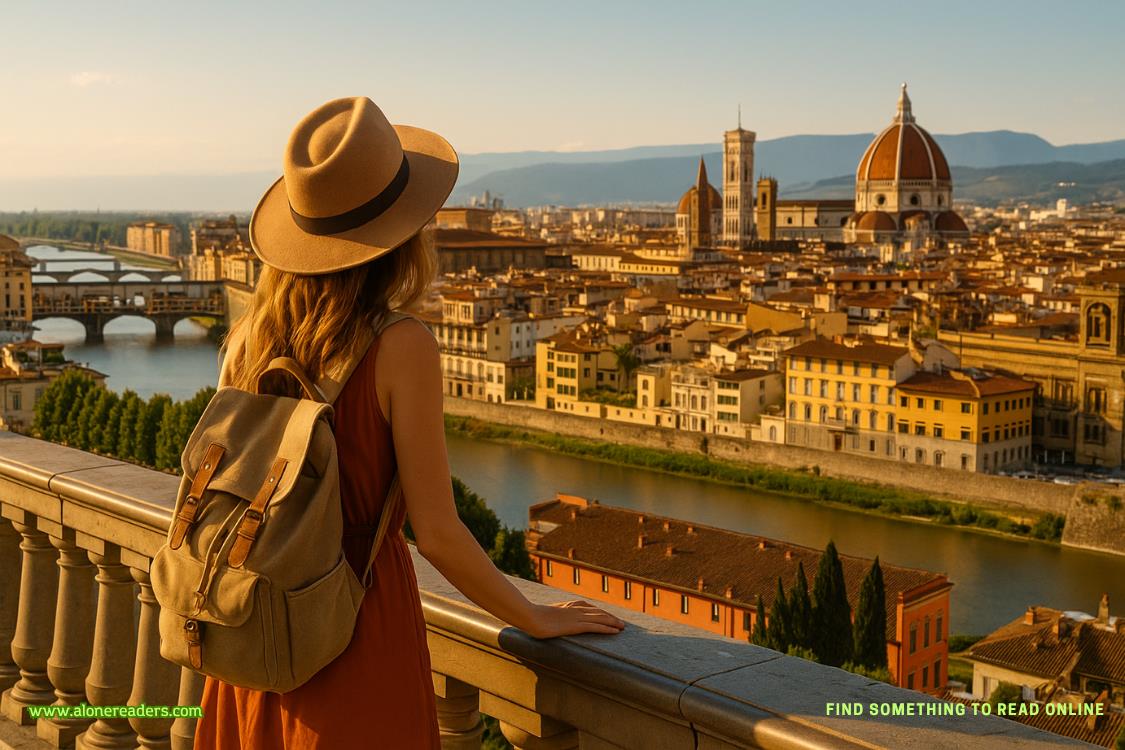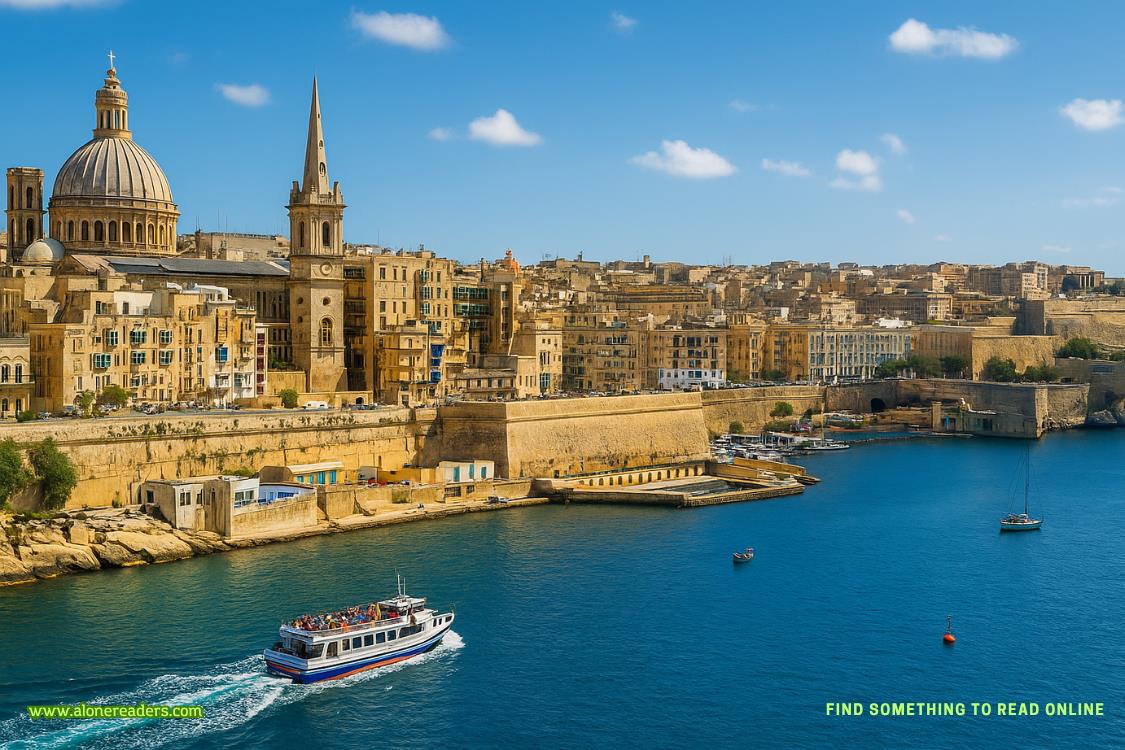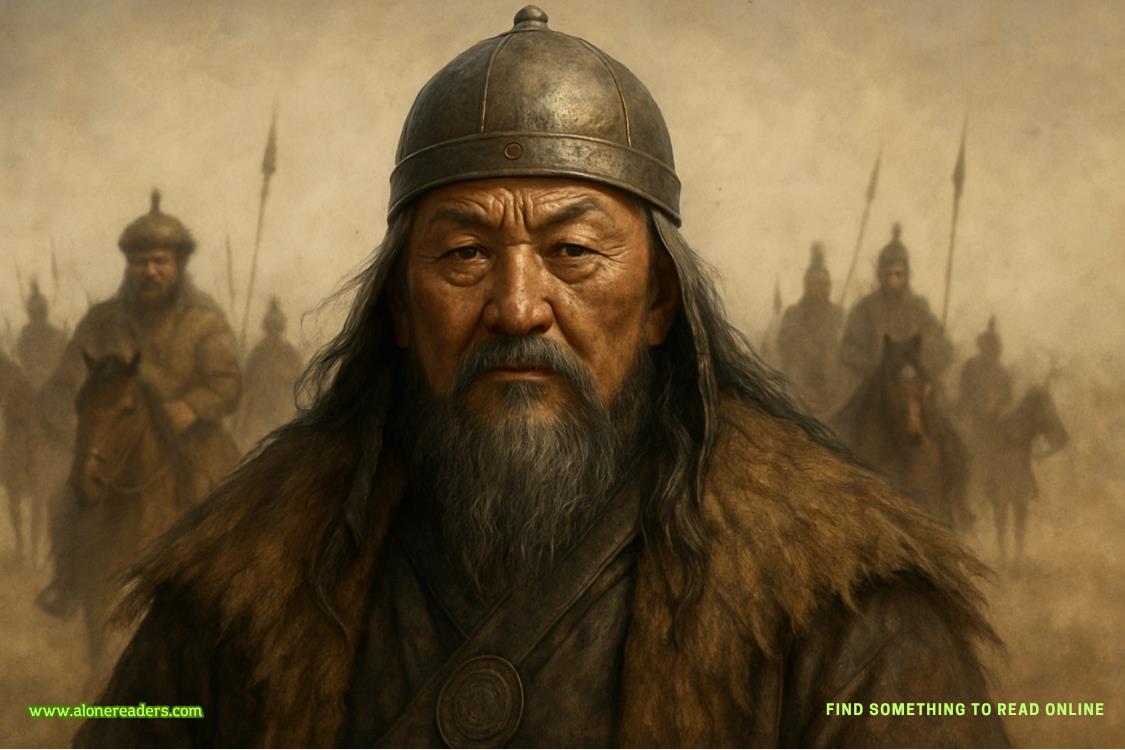***
At the request of the children, Ingrid stayed in Venice for a few days before jetting off to her villa on Mykonos. By then it was late Apriland Antonio Calvesi, despite regular progress reports, was growing anxious. Gabriel assured his patron that he was hard at work, though Chiara would later attest that on some days her husband sat staring at the portrait for hours on end without so much as preparing his palette. Other days he might apply a brushstroke or two of paint and hastily depart, only to return to his studio an hour or so later and commence staring again. Chiara, having endured countless restorations, recognized the symptoms. Secretly she informed Antonio Calvesi that the Leonardo was nearly finished.
Convincing Gabriel of that fact proved far more difficult, for he was suffering from an uncharacteristic case of nerves and indecision. Chiara could scarcely blame him. The painting on his easel would soon be one of the most famous in the world, and his restoration would come under intense scrutiny. It was inevitable that not everyone in the conservation and curatorial community would agree with the choices he made. When Chiara suggested showing the painting to the five Leonardists, he refused. The five Leonardists, he said, would undoubtedly give him five different opinions. The only judgment that mattered now was his own.
And so for the rest of April he remained a prisoner of his studio. Some days he worked for twelve hours without a break, some days he applied only a brushstroke or two, some days he merely sat and stared. The beautiful young girl from Milan stared back at him over her left shoulder, with her mismatched pupils. They were, he thought, her most alluring feature.
Each Wednesday afternoon, though, he kept his appointment with his fourteen students. On the final Wednesday of the month, Dottoressa Saviano asked whether he would be willing to take on an additional student—a young boy of exceptional artistic promise. Gabriel readily agreed, despite the fact there were only a few weeksremaining in the school year. He paid the child no inordinate attention during the hourlong session but extolled the astonishing quality of his work while walking him home. The boy seemed not to hear him. His rebellious twin sister, having broken free of her Carabinieri bodyguard, was leaping in puddles left by an afternoon rain.
59
Musei Vaticani
Gabriel delivered the finished painting to Antonio Calvesi at the Vatican Museums at 2:00 p.m. on Monday. They spent the remainder of the afternoon reviewing the scientific analysis, Gabriel’s extensive restoration notes, and the painting’s provenance. The researcher had concluded that Leonardo probably commenced work on the portrait in the late 1490s—around the same time he was working onThe Last Supper—and that it was with him at the time of his death in France in 1519. In all likelihood, it ended up in the hands of Salaì, Leonardo’s lover and longtime assistant.
What happened to the painting next is unclear, but the provenance researcher discovered records in Milan suggesting it entered the estate of a Milanese nobleman. At some point in the mid-seventeenth century, the nobleman’s descendants disposed of the painting, which by then was doubtless in a degraded condition. A hundred years later it was subjected to a restoration that left it a ruin. The walnut panel was salvageable, though, so a nameless Milanese School artist used it for a Madonna and Child, unwittingly burying a Leonardo in the process. The painting hung in the chapel of an abbey near Bergamo until the outbreak of World War I, when it entered the Vatican’s collection, mistakenly attributed to Raphael’s busy Florence workshop. Some years later it was demoted to an eighteenth-century imitator of Raphael andconsigned to storage, where it would remain until a routine cleaning resulted in one of the most important artistic discoveries ever made.
Gabriel, after reviewing the provenance, plucked a pen from his pocket and added the name of the young British art conservator who had found the Leonardo. He then informed Antonio Calvesi that in forty-eight hours’ time, General Ferrari of the Art Squad would hold a news conference and lift the veil on the entire affair.
“If he does that,” said Calvesi, “it will forever tarnish the painting’s reputation.”
“I disagree. But I’m afraid you don’t have a choice in the matter. It’s all going to come out.”
“In that case, tell your friend the general he can hold his news conference here at the museum.”
“He was hoping you would say that.”
“Will you be in attendance?” asked Calvesi.
“Why should I be there?”
“You’re the one who found it.”
“Not me,” said Gabriel. “I’m only the restorer.”
***
He paid a brief call on His Holiness in his rooms at the Casa Santa Marta and then walked through the soft Roman evening to Veronica Marchese’s palazzo. She answered the bell wearing a stunning cream-colored pantsuit and her cat-eyed spectacles. She was a kilo or two thinner, perhaps, but Gabriel could see no evidence of damage. In fact, in his professional opinion, she had never looked more beautiful. He told her so while removing the cork from a bottle of Alteni di Brassica sauvignon blanc.
“You should see my scar,” she answered.
“I’ll show you mine if you show me yours.”
“Your lovely wife might not appreciate that.” Veronica accepted a glass of the wine and settled carefully into a brocade armchair in her elegant drawing room. “To what shall we drink this time?”
Gabriel raised his glass and said, “To life.”
“I owe mine to you and your friend Luca Rossetti.”
“You haven’t watched the video, I hope.”
“I saw it once or twice while I was at the Gemelli. The last thing I remember about that day were those green eyes of yours looking down at me after I had been shot.”
“You lost consciousness very quickly.”
“Did I say anything?”
“No,” lied Gabriel. “You weren’t able to speak.”















